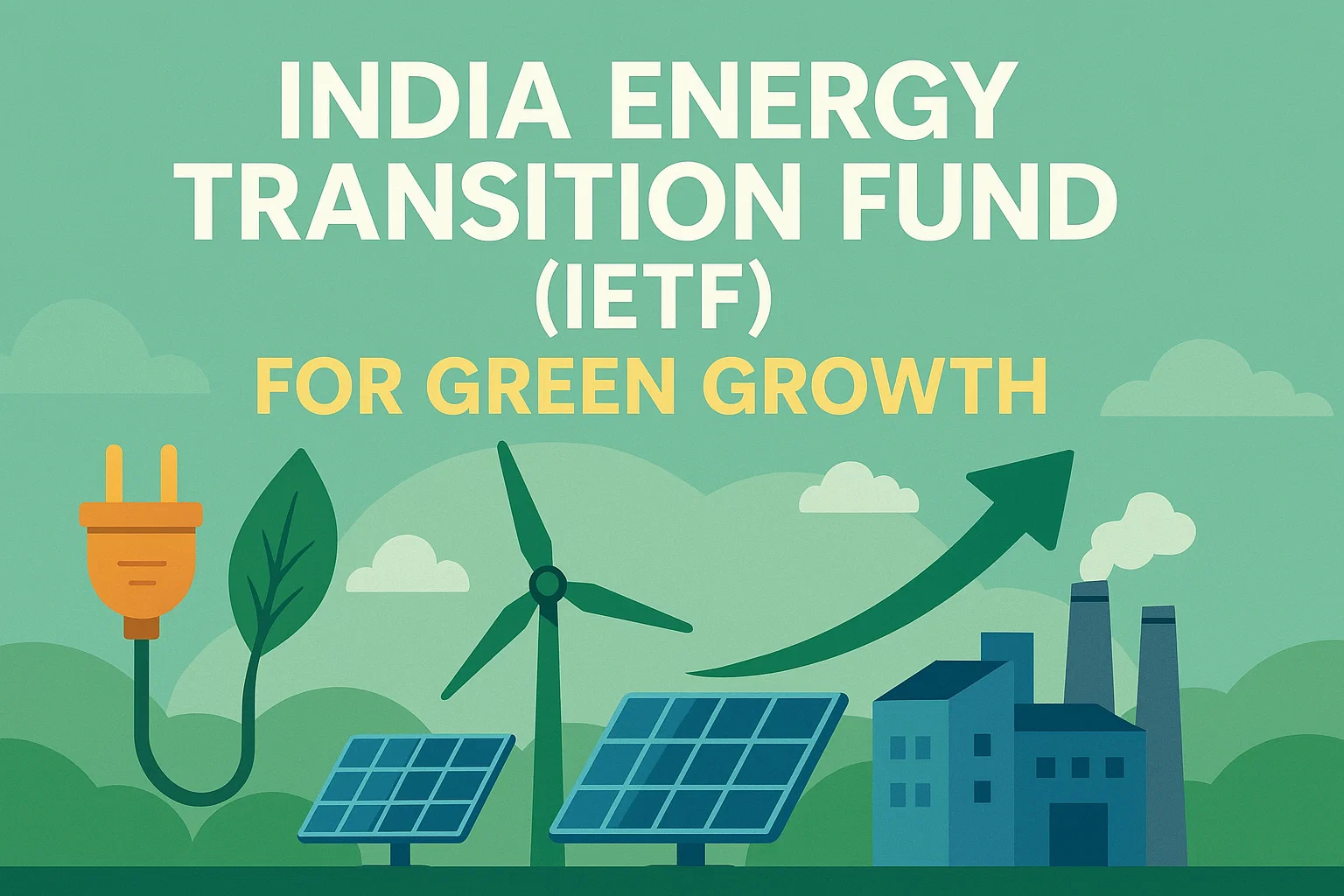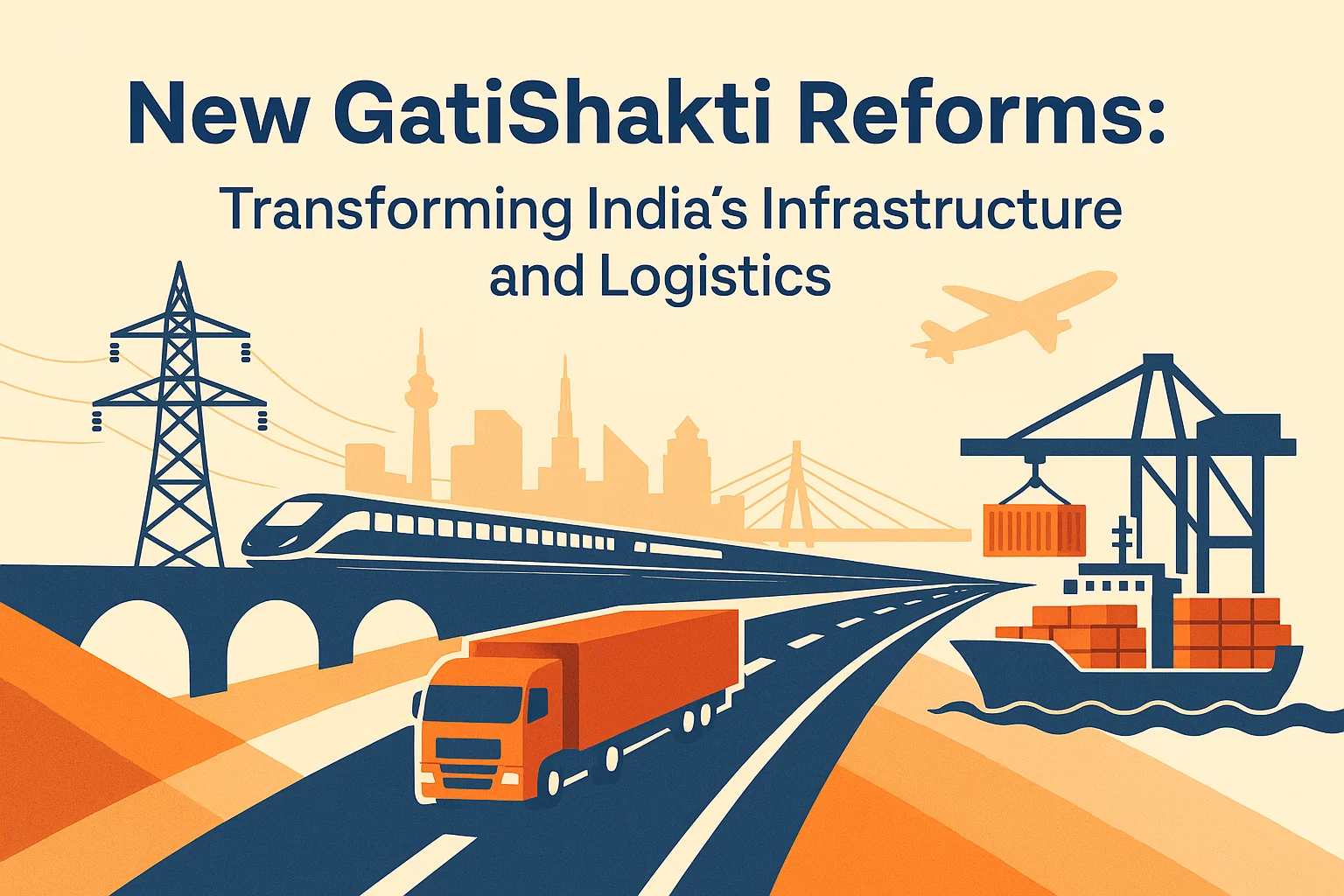Font size:
Print
Reduced Fertiliser Use Under PM-PRANAM Scheme
Context: Fourteen states have reduced their chemical fertiliser consumption by 1.5 million tonnes (MT) in 2023-24 compared to the previous three-year average, as per government data presented in Parliament.
More on News
- This reduction was achieved under the PM-PRANAM (Promotion of Alternate Nutrients for Agriculture Management) scheme, which incentivises states to promote balanced fertiliser use and organic farming while cutting subsidy burdens.
- The government spends ₹1.91 lakh crore annually on urea subsidies, with 18% of fertilisers imported.
- The scheme aims to improve soil health by reducing excessive chemical fertiliser use, which has led to nutrient deficiencies and declining crop productivity.
What is the Significance of PM-PRANAM?
- Subsidy Reduction: Saves fertiliser subsidy costs by incentivising states to cut chemical fertiliser use. 50% of subsidy savings are given back to states as grants.
- Soil Health Improvement: Promotes organic fertilisers, bio-fertilisers, and integrated nutrient management. Addresses soil degradation caused by excessive urea and DAP use.
- Sustainable Farming: Encourages soil-test-based balanced fertilisation (recommended by ICAR). Reduces dependence on imports (India imports 18% of its fertilisers).
- Economic Relief: Urea subsidy is ₹2,650 per bag, but farmers pay only ₹242, making fiscal prudence necessary.
What Are the Major Concerns Associated with PM-PRANAM?
- Farmer Resistance: Farmers rely heavily on subsidised urea due to low cost and immediate yield benefits. Transition to organic alternatives may reduce short-term productivity.
- Implementation Challenges: Lack of awareness among small farmers about balanced fertiliser use. Inadequate infrastructure for organic fertiliser distribution.
- Subsidy Dependency: Despite savings, urea subsidies remain high (₹1.91 lakh crore in 2024-25). Import dependence continues due to insufficient domestic production.
- State Compliance Issues: Some states may prioritise subsidies over sustainable farming, affecting long-term goals.
What Measures Can Be Taken to Address These Concerns?
- Strengthening Awareness & Training: Expand Soil Health Card Scheme to provide personalised fertiliser recommendations. Farmer training programs on organic farming and integrated nutrient management.
- Boosting Organic Fertiliser Production: Subsidise bio-fertiliser units to improve availability. Promote composting & vermicomposting at village levels.
- Policy Reforms: Gradual reduction in urea subsidies while increasing incentives for organic alternatives. Stricter enforcement of balanced fertiliser use via digital monitoring.
- Global Best Practices: Adopt EU’s “Farm to Fork” model, which promotes 50% chemical fertiliser reduction by 2030. Learn from China’s “Zero Growth Action Plan”, which curbed fertiliser overuse through precision farming.


